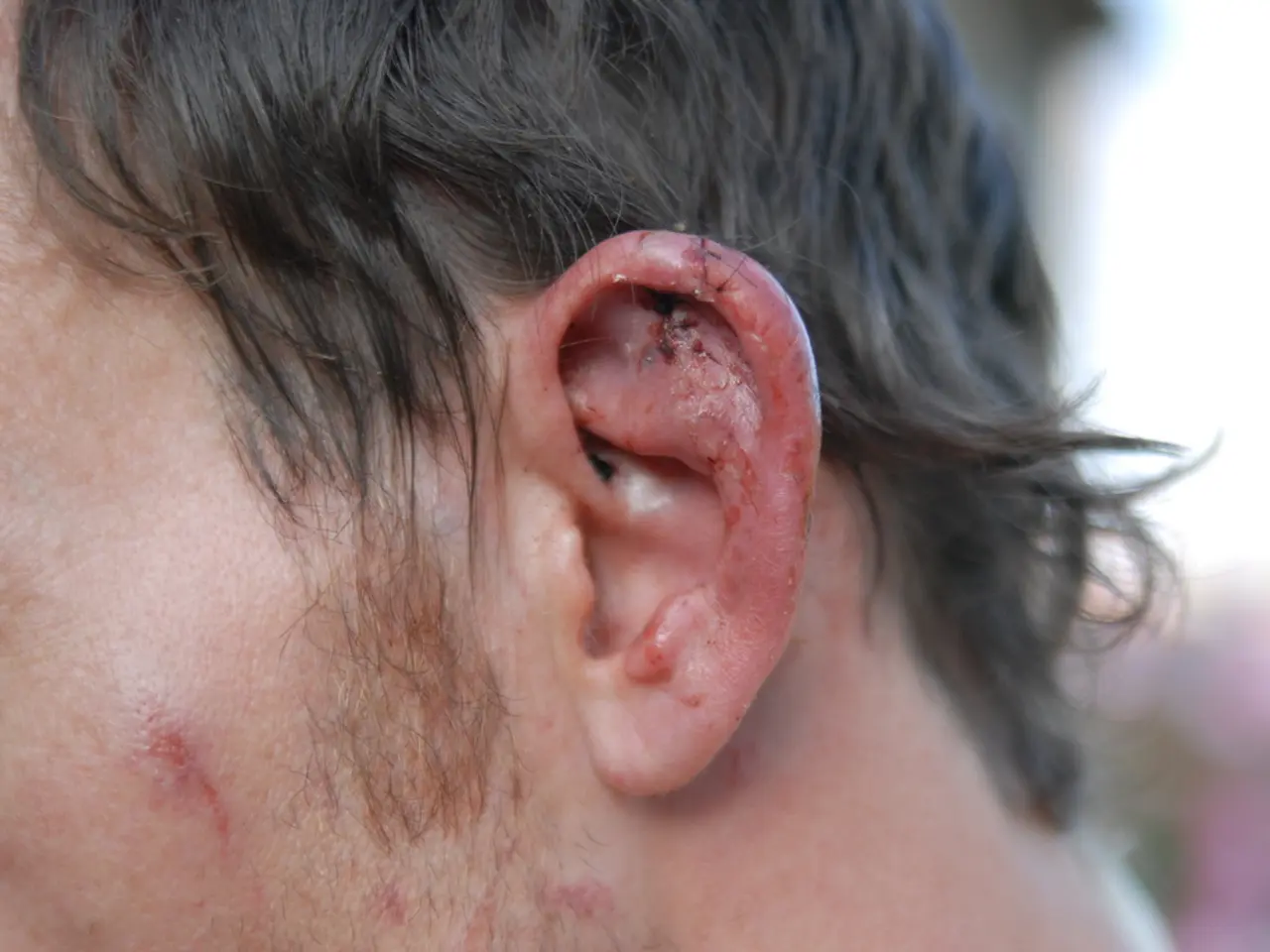Blackheads and Sebaceous Filaments: Essential Information You Should Be Aware Of
Sebaceous filaments and blackheads are two common skin conditions that are often misunderstood. While they may appear similar, they have distinct differences in their nature, causes, and how they should be managed.
Sebaceous filaments are natural, healthy structures within pores that help channel sebum (natural oil) from sebaceous glands to the skin's surface. They appear as small, grayish, yellowish, or clear tiny dots or lines, especially on the nose and cheeks. Unlike blackheads, sebaceous filaments are not clogged pores or impurities but part of normal skin physiology.
Blackheads, on the other hand, are a type of open comedone – actual clogged pores filled with trapped oil, dead skin cells, and bacteria. The pore remains open, and the buildup inside oxidizes upon exposure to air, turning it dark or black. Blackheads tend to be raised, darker, and can become inflamed if infected. They represent a form of acne and are caused by a blockage of the pore that can worsen if not treated properly.
The main difference between sebaceous filaments and blackheads lies in their nature, cause, and how they should be managed in skincare. Sebaceous filaments are composed mainly of sebum and some dead skin cells and serve to lubricate and protect the skin. Because they are functional, they cannot be permanently removed, and attempts to extract them are ineffective. Excess oil can make them more visible, but they are not acne and don't contain bacteria or cause inflammation.
Blackheads, however, require active treatment. They can be cleared with proper skincare and treatments, including targeted acne treatments, topical retinoids, and professional extraction when persistent. Extracting or aggressively scrubbing sebaceous filaments is not advisable, as it can irritate the skin and worsen their appearance.
In short, sebaceous filaments are a natural, functional part of healthy skin pores, while blackheads are clogged pores that cause acne and require active treatment. Understanding the difference between the two can help in managing their appearance and maintaining a healthy, radiant complexion.
Here's a breakdown of the key differences between sebaceous filaments and blackheads:
| Aspect | Sebaceous Filaments | Blackheads | |----------------------|------------------------------------------------|------------------------------------------------| | Cause | Natural oil channeling, normal skin function | Clogged pores with oil, dead skin, bacteria | | Appearance | Grayish/yellow dots, thin lines, not raised | Black/dark raised spots | | Composition | Sebum and dead skin cells | Sebum, dead skin cells, bacteria | | Inflammation risk | None | Possible inflammation or infection | | Treatment | Management via oil control, gentle exfoliation; no extraction | Targeted acne treatment, topical retinoids, professional extraction if needed | | Permanence | Cannot be removed permanently | Can be cleared with proper skincare and treatments |
Maintaining a solid skincare routine that includes exfoliation, hydration, and oil control can help keep sebaceous filaments under control without the need for harsh treatments. Skincare habits can affect the appearance of sebaceous filaments; harsh products can strip the skin of its natural oils, causing it to overcompensate with increased sebum production.
Sebaceous filaments are a normal part of the skin's oil production system and everyone has them. They deliver sebum to the skin surface, keeping it protected and moisturized. Sebaceous filaments tend to be more noticeable in those with oily or combination skin.
In conclusion, while sebaceous filaments and blackheads may appear similar, they have distinct differences that are crucial to understanding for maintaining a healthy, balanced complexion. Proper skincare, including gentle exfoliation, oil control, and hydration, can help manage the appearance of sebaceous filaments, while targeted acne treatments and professional extraction may be necessary for blackheads.
- A proper skincare routine focusing on exfoliation, hydration, and oil control might help manage the visibility of sebaceous filaments, as they are a natural part of a woman's healthy skin.
- In contrast to sebaceous filaments, blackheads require focused treatment for acne, such as targeted treatments, topical retinoids, and professional extraction when necessary, due to their clogged pore structure and the presence of bacteria.




